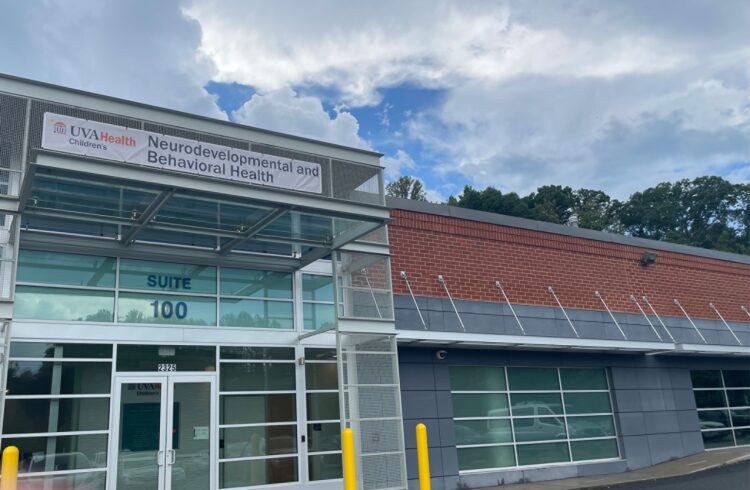
Many Americans are familiar with the E. coli bacterium. Tales of tainted spinach and recalled hamburger sending hundreds of people to the hospital are becoming an all-too-common occurrence. In 2006, three people died and hundreds more were sickened across the country after eating E. coli- contaminated spinach.
What most people do not realize is that it is not the bacterium itself, but the toxins produced by this strain of E. coli which can prove fatal or cause permanent damage to those infected. Most of these E. coli- associated fatalities or long-term injuries result from kidney damage known as hemolytic uremic syndrome (HUS).
University of Virginia researcher Tom Obrig, Ph.D., has been awarded a $3.9 million grant from the National Institute of Allergy and Infectious Diseases to develop treatments to block the actions of the toxins in the kidney. Under this cooperative agreement (U01) grant, Obrig will lead teams of researchers and scientists from Adenosine Therapeutics,LLC, and Tufts-New England Medical Center to fight both the Shiga toxin and endotoxins produced by the E. coli bacterium.
“The Shiga toxin is more potent in terms of lethality, but the endotoxin causes inflammation, which allows the Shiga toxin to cause more damage to the kidneys,” Obrig says.
Patients infected with E. coli can rapidly progress from symptoms including bloody dysentery to renal failure in just three to five days. If left untreated, E. coli infection can prove fatal in approximately 10 percent of all cases.
Treating E. coli infection is a tricky endeavor according to Obrig, because some antibiotics cause the E. coli bacterium increase production of the toxins, accelerating the kidney damage and increasing the likelihood of death from the infection.
Obrig has already proven that blocking the toxins is possible in a mouse model and his work was published in the December 2006 issue of the Journal of the American Society of Nephrology. He hopes to have the therapeutic drugs ready for clinical trials within three years.


